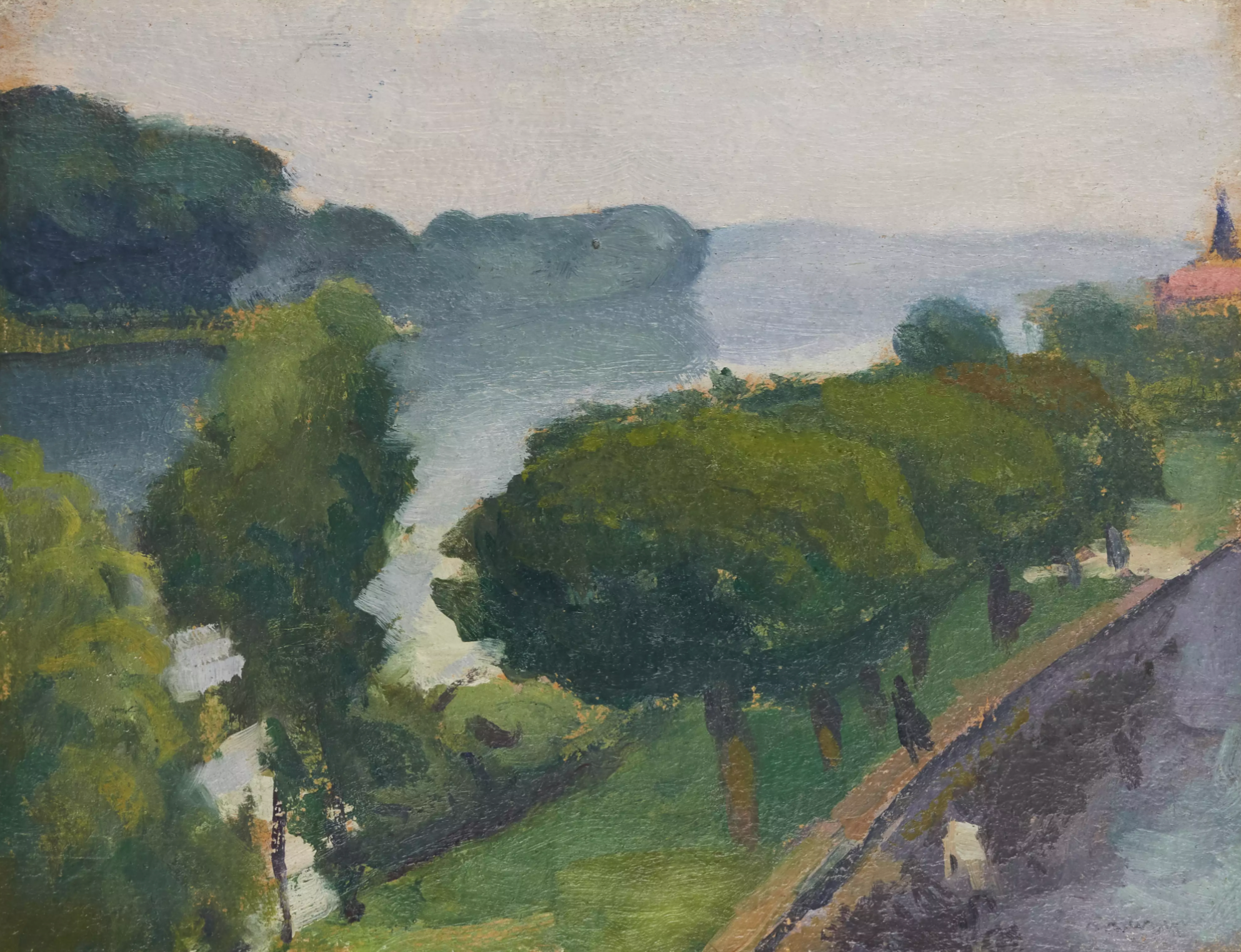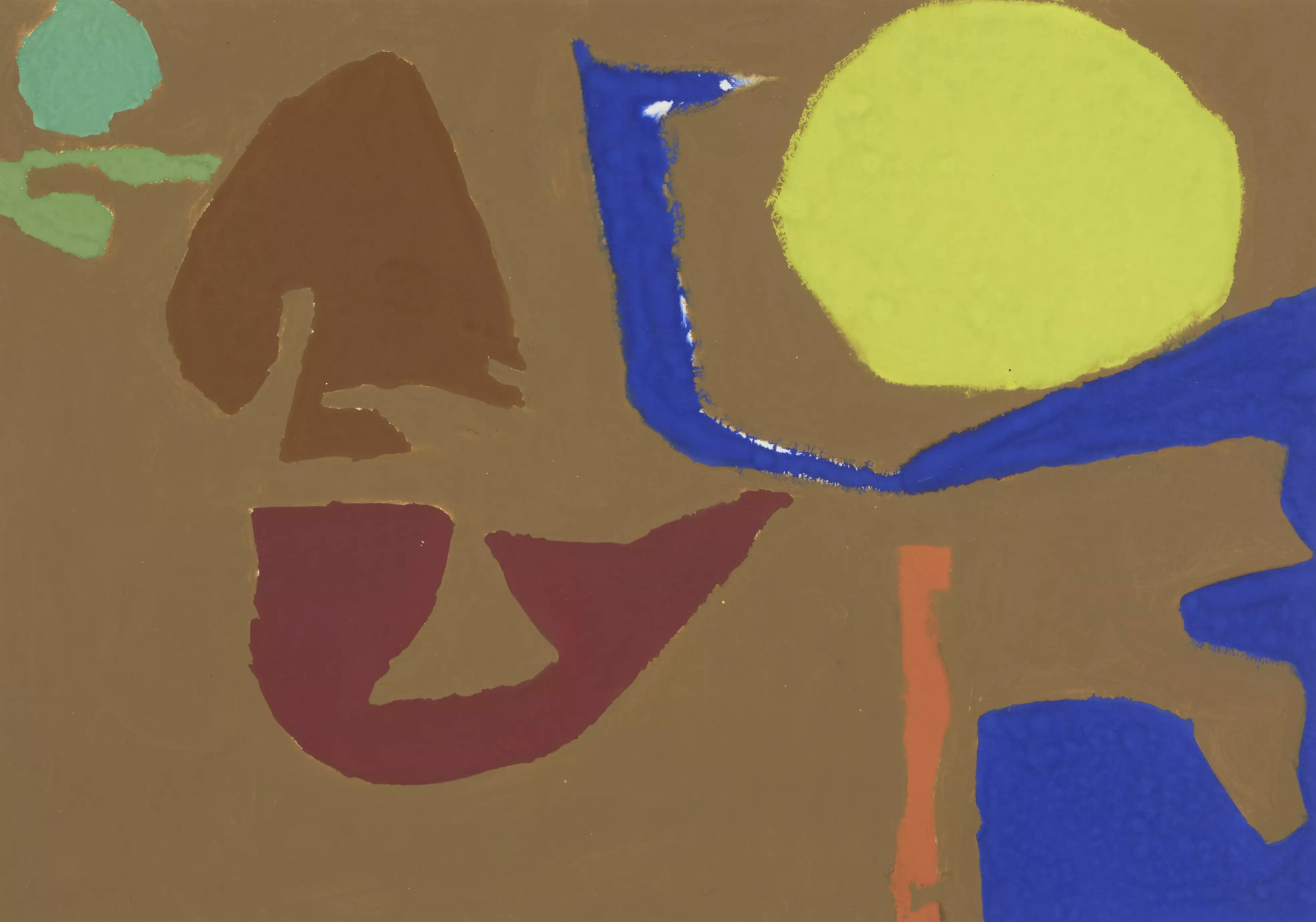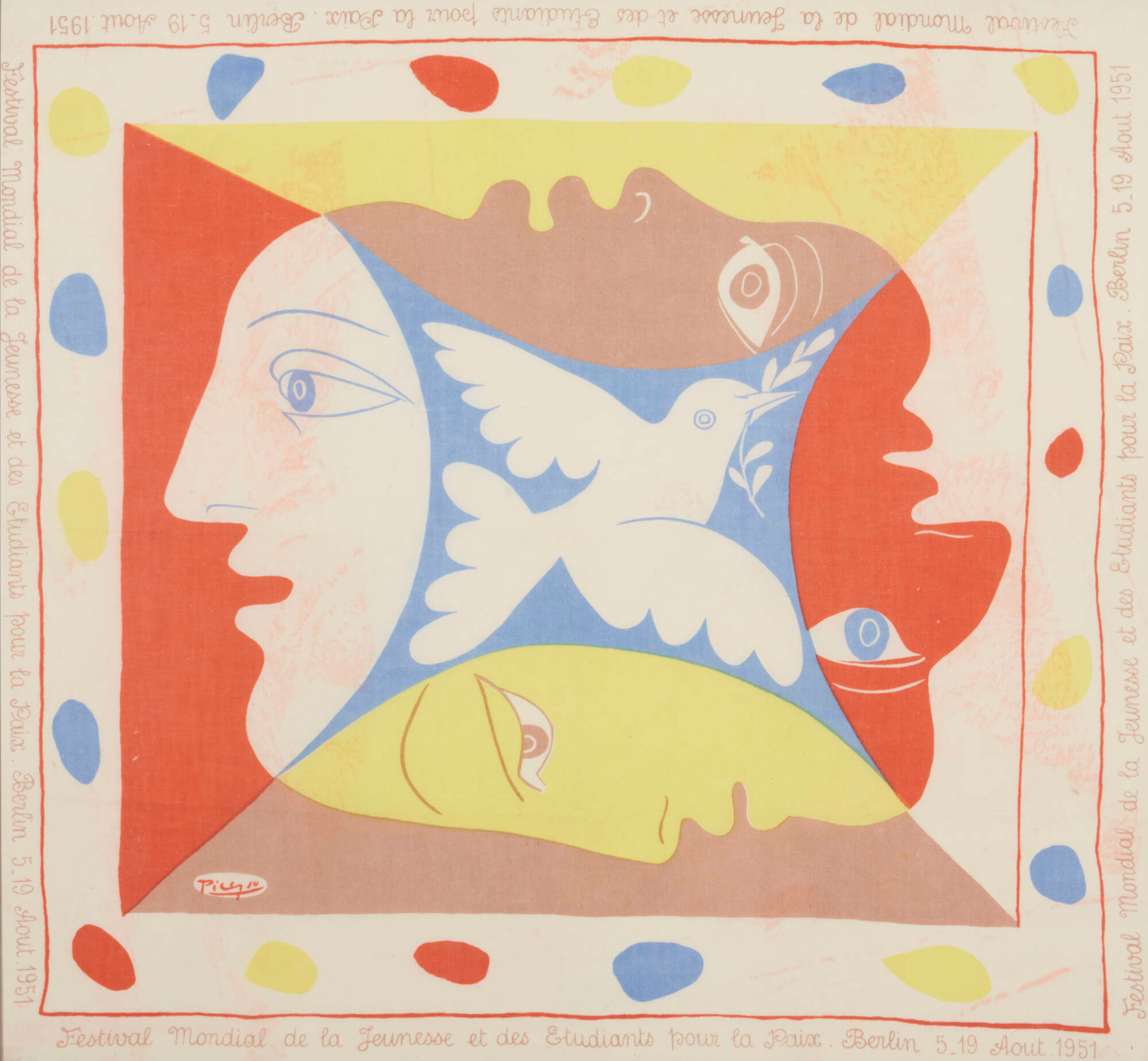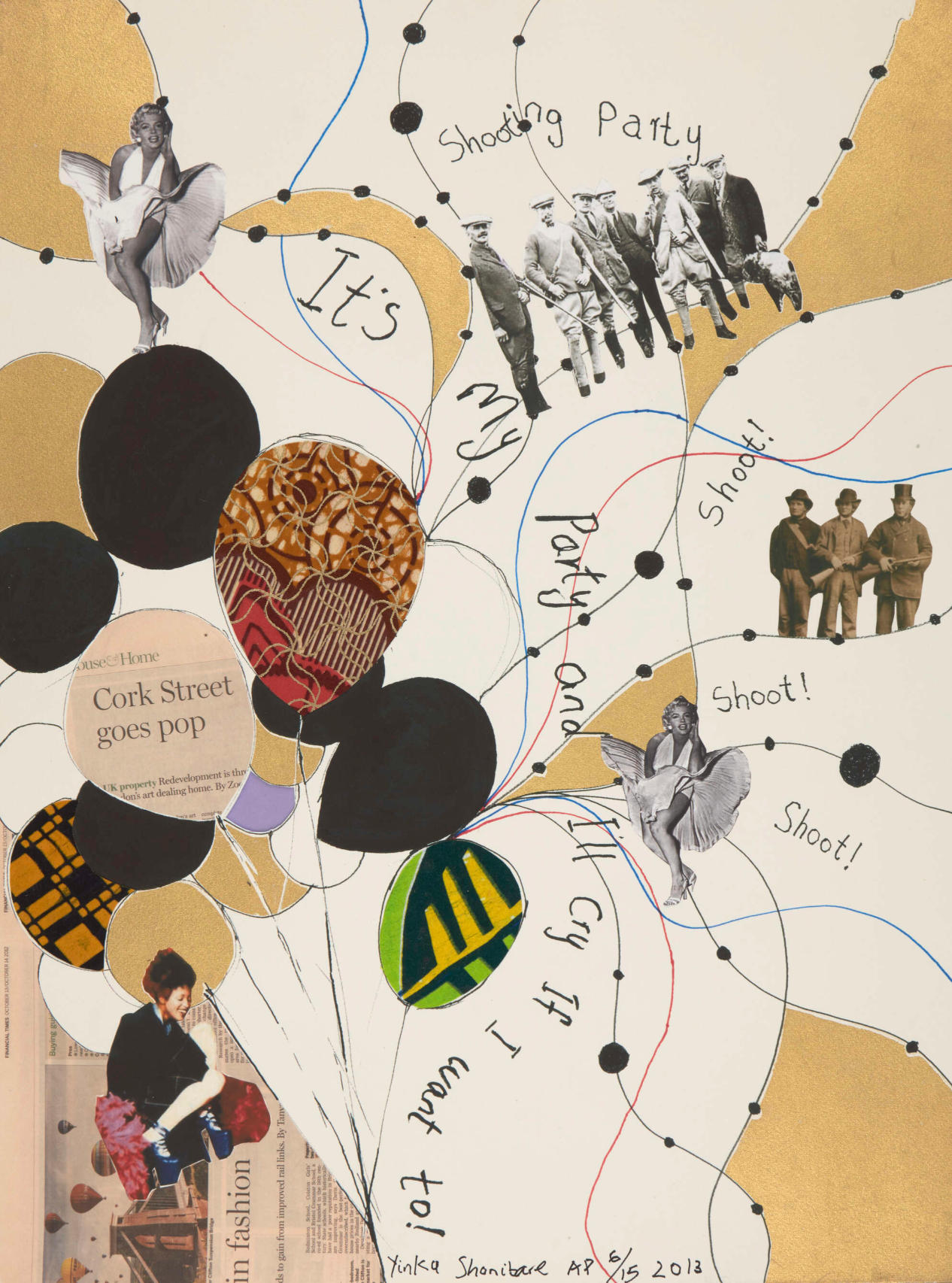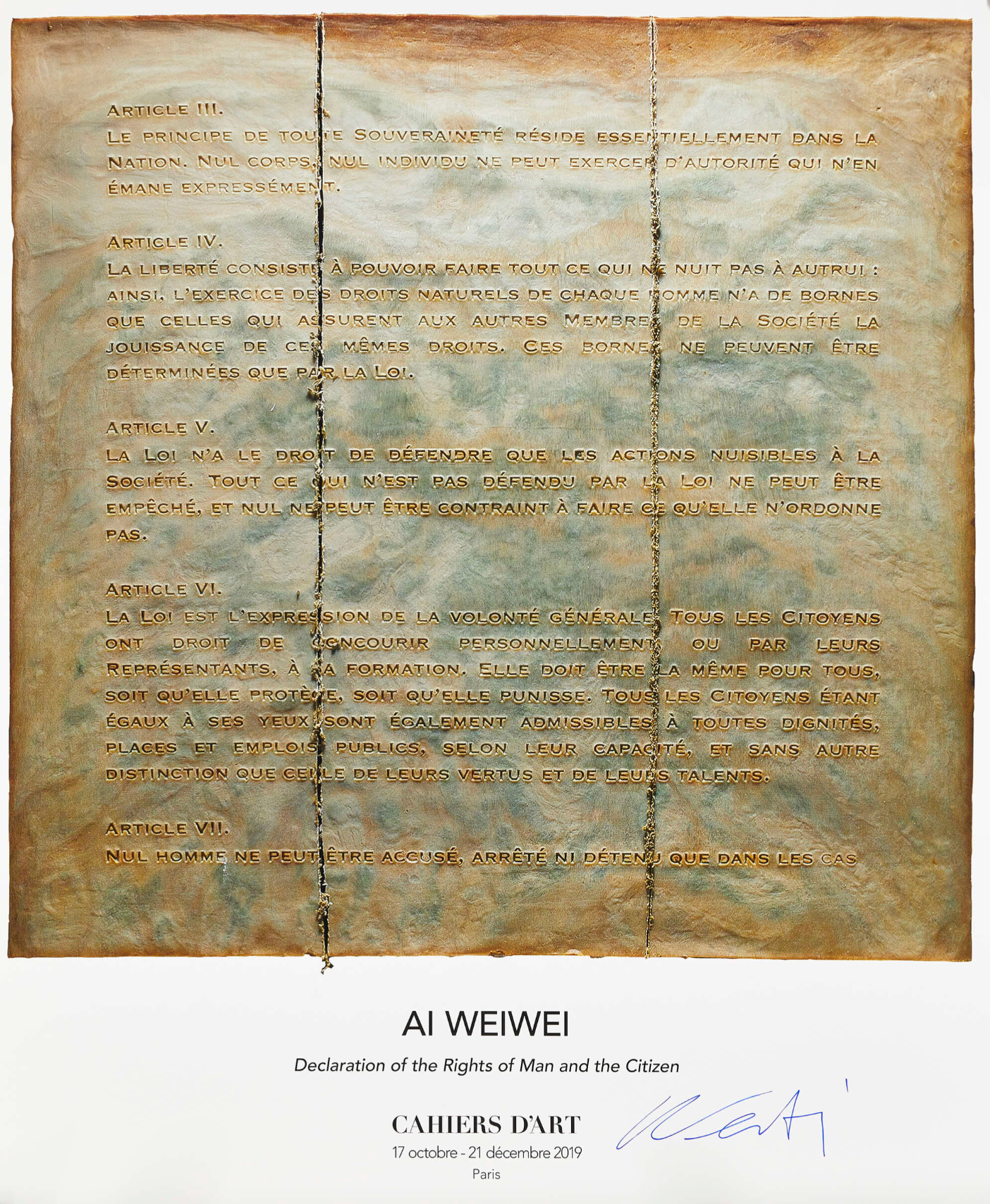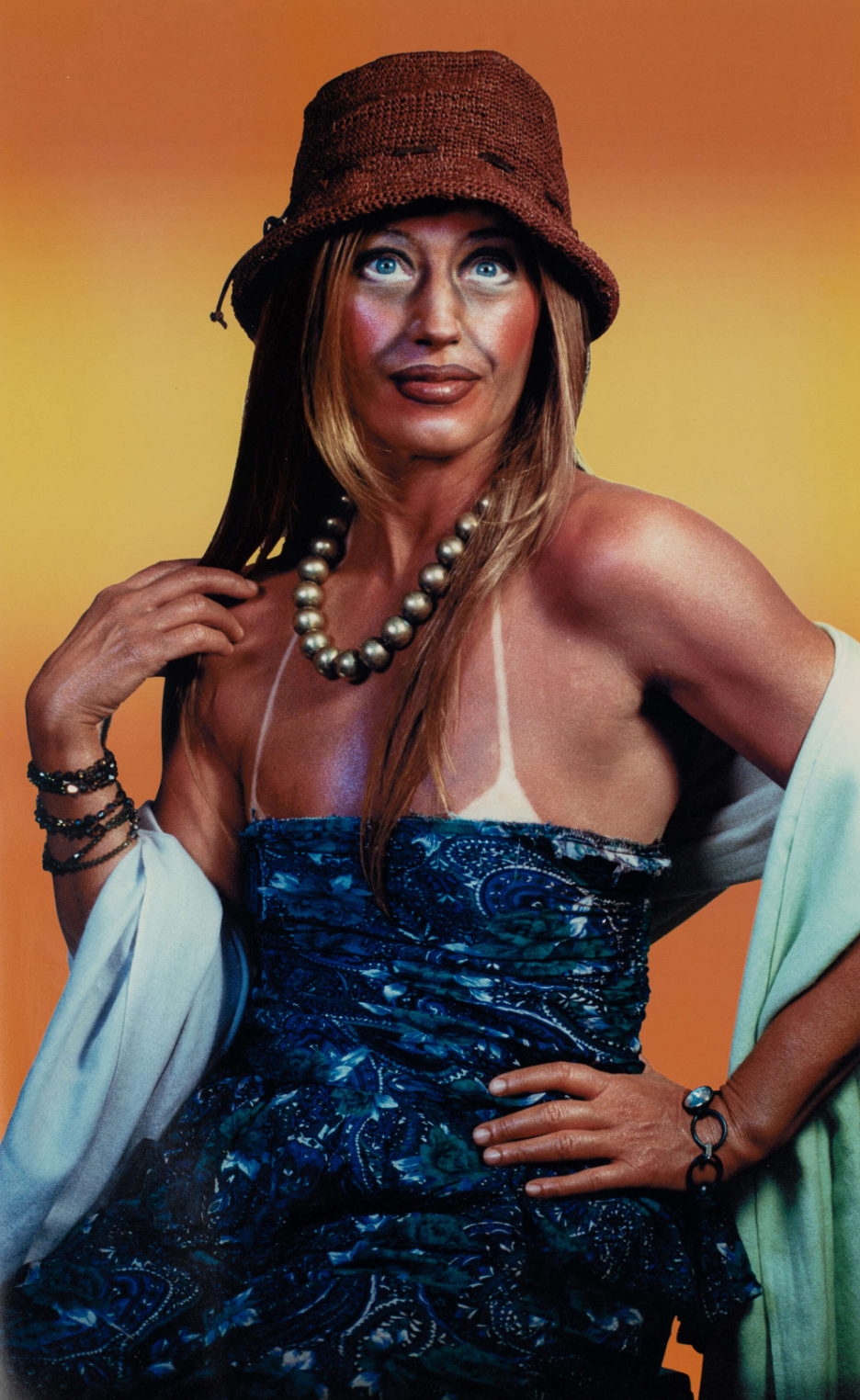Art has always been a captivating mirror, reflecting the essence of societal, cultural, and artistic movements throughout history. Within the vast tapestry of art, two art movements stand out: modern art and contemporary art. Both modern and contemporary art have played a significant role in shaping the artistic landscape, each with its own unique characteristics and contributions. By delving into their contrasting features side by side, we embark on a captivating journey that unveils the rich tapestry of modern and contemporary art.

Sir Peter Blake CBE RDI RA, British b.1932- 100 sources of Pop Art
Modern Art: The Avant-Garde Revolution
As the 19th century gave way to the 20th century, a revolutionary shift in artistic expression emerged—the modern art period. This transformative period challenged the norms and conventions of the art world, pushing the boundaries of creativity and individuality. To truly appreciate modern art, we must understand the defining characteristics that set it apart. Modern artists brought forth a fresh wave of innovation and artistic exploration. In modern art, artists pushed the boundaries of traditional art forms, capturing the vibrancy of their surroundings and pushing the limits of their creativity.
Individual Expression vs. Collective Experience
Modern art celebrated the artist's individuality and unique vision. It provided a platform for artists to express their personal experiences and perspectives through their work, inviting viewers to connect on a deeper level. Artists like Walter Sickert, with his Camden Town Group, sought to capture the essence of everyday life, portraying scenes of urban reality with a keen eye for detail and atmosphere. The Post-Impressionists, including Vincent Van Gogh, Paul Cezanne, and Albert Marquet, experimented with vibrant colours and bold brushstrokes to convey their subjective interpretations of the world around them.
Albert Marquet, French 1875-1947- Landscape
Exploration of Form and Technique in Modern Art
Modern artists sought to break free from traditional artistic norms, embracing experimentation with various techniques, materials, and subject matters. David Bomberg and the Whitechapel Boys, for example, pushed the boundaries of representation by exploring new perspectives and abstract forms. Their works challenged conventional notions of form and perspective, inviting viewers to question preconceived notions of reality.
Artistic Rebellion vs. Conceptual Depth
At its core, modern art embodied a spirit of rebellion against the status quo. Artists aimed to redefine the purpose and boundaries of art, pushing the envelope of creativity and conceptual depth. Patrick Heron and the St Ives School embraced bold colours and abstract forms, engaging viewers on an emotional level and challenging them to explore the deeper meanings within their works. This emphasis on conceptual depth opened new avenues for artistic expression and encouraged viewers to contemplate the broader context of their art.
Patrick Heron, British 19201999 - December 31
Departure from Realism vs. Multifaceted Realities
Modern art departed from strict realism and embraced multifaceted realities through the works of influential artists such as Pablo Picasso, Salvador Dalí, and Wassily Kandinsky. Picasso's artistic journey took him through various periods, including the groundbreaking Cubist movement. In his Cubist paintings, such as "Les Demoiselles d'Avignon," Picasso fragmented and reassembled forms, challenging traditional notions of representation and perspective. His innovative approach to depicting multiple viewpoints simultaneously reflected the multifaceted nature of reality.
Similarly, Salvador Dalí's surrealist works, like "The Persistence of Memory," delved into the realm of dreams and the subconscious. By distorting and transforming objects in unexpected ways, Dalí created a vivid and irrational depiction of reality. His exploration of multifaceted realities invited viewers to question the boundaries of perception and engage with the deeper layers of the human psyche.
These artists expanded the possibilities of artistic expression, blurring the lines between representation and abstraction, and setting the stage for the diverse artistic landscape of contemporary art.
Pablo Picasso, Spanish 1881-1973- World Festival of Youth and Students for Peace Scarf
Contemporary Art: Embracing Diversity and Interconnectivity
Fast forward to the present era, where contemporary art encapsulates the artistic expressions of our time. It represents a vibrant tapestry of cultural diversity, interconnectedness, and innovation. Contemporary art focuses on the present moment and the evolving nature of society. It embraces a wide range of mediums, including conceptual art, installations, multimedia works, and more. It is characterized by its ability to adapt and respond to the rapidly changing world we live in.
Multiculturalism and Global Perspectives in Contemporary art
Contemporary art reflects the interconnectedness of our globalized world. Artists draw inspiration from diverse cultural backgrounds, traditions, and experiences, resulting in a kaleidoscope of artistic expression. They explore themes of identity, cultural hybridity, and the complexity of our interconnected societies. Artists like Yinka Shonibare, with his vibrant and thought-provoking works, delve into multiculturalism and global perspectives. Shonibare's use of African textiles and European-inspired mannequins challenges stereotypes and prompts viewers to question notions of cultural authenticity.
Yinka Shonibare CBE RA, British/Nigerian b.1962- It's My Party and I'll Cry If I Want To
Activism and Socio-political Engagement
Contemporary artists often utilise their art as a powerful tool for social and political commentary. They address pressing issues such as social justice, human rights, environmental concerns, and identity politics. Through their art, they aim to raise awareness, provoke discussions, and inspire change. Ai Weiwei, a renowned contemporary artist, is known for his provocative installations and outspoken activism. His works tackle topics such as censorship, freedom of expression, and human rights abuses, encouraging viewers to critically examine societal issues and become agents of change.
Ai Weiwei, Chinese b.1957- Declaration of the Rights of Man and the Citizen
Technological Integration and Digital Art
Contemporary art readily embraces technological advancements, incorporating digital media, virtual reality, and interactive installations. Artists explore the intersection of art and technology, blurring the boundaries between the physical and virtual realms. They use technology to create immersive experiences and engage viewers in new and innovative ways. Contemporary art pieces often utilise digital tools and techniques to push the boundaries of artistic expression and challenge traditional notions of art.
Pluralistic Approaches and Hybridity
Contemporary art celebrates the diversity of artistic practices, encouraging the blending of styles, mediums, and interdisciplinary approaches. It defies categorization and embraces the fluidity of artistic expression. Artists like Cindy Sherman, known for her thought-provoking photography, challenge societal constructs and assumptions. Contemporary artists create artworks that explore the fluid nature of identity, the influence of cultural stereotypes, and the intersections of art, performance, and self-expression.
Cindy Sherman, American b.1954- Self Portrait with Sun Tan
Modern and Contemporary Art: A Captivating Tapestry of Artistic Contrasts
As we unveil the difference between modern and contemporary art, we embark on a captivating journey through the evolution of artistic expression. Modern art has an emphasis on individuality, experimentation, and abstraction, which laid the foundation for the transformative artistic landscape we witness in contemporary art. The embrace of collective experiences, conceptual depth, cultural diversity, technological integration, and hybridity distinguishes contemporary art as a reflection of our multifaceted world.
By understanding and appreciating the difference between modern art and contemporary art, we can engage with art in a more nuanced and informed manner, fostering a deeper connection to the ever-evolving nature of artistic creativity. Art continues to captivate, inspire, and challenge our perceptions, serving as a profound window into the essence of our society, culture, and the human experience itself. This enchanting journey of contrasts between modern art and contemporary art shapes our artistic consciousness, ignites our imaginations, and enriches our understanding of the boundless possibilities within the realm of art.


